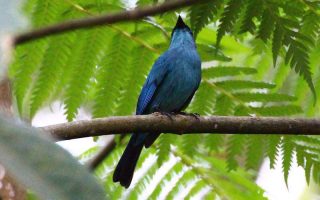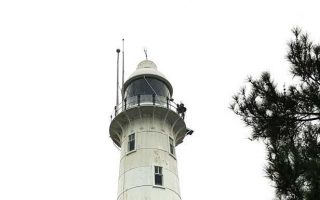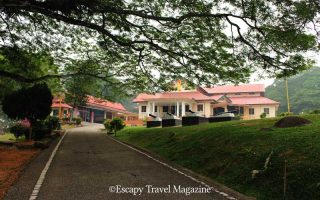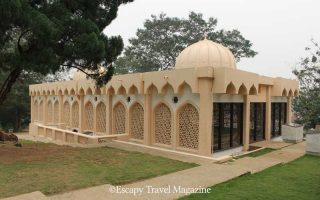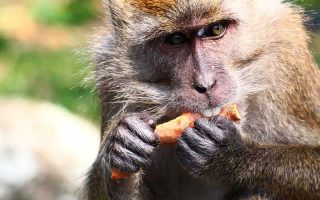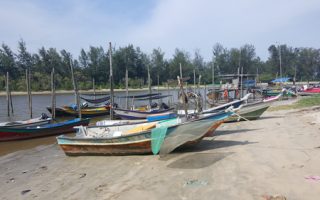Awana Bio Park
3 New Trails
This year marks the 47th birthday of Resorts World Genting, reaching back to the time when the original Highlands Hotel opened in 1971. That might seem like a long time ago, but the mountaintop that Tan Sri Lim Goh Tong fashioned into a world-class entertainment city is far, far older. About 130 million years old, to be exact; a rainforest that still holds memories from when dinosaurs ruled the earth and remains a pristine cauldron of unique flora and fauna. This rich biodiversity is rightfully treasured and nurtured by Resorts World Genting, and now guests can explore even more of this ecological wonder with the introduction of three new trails at the Awana BioPark.
Introduced in 2017 as the Fashion Forest, the Awana BioPark is a collaboration between nature consultancy Treks and Resorts World Genting. It offers guests that chance to step into the fresh air and dappled shade of the Mount Ulu Kali’s rainforest, demystifying it through the integrated use of social media and digital technology. Propelled by Eddie Chan and Pat Ang from Treks, Awana BioPark was introduced with five experiences designed to stimulate and invigorate, perfect for a journey of self-discovery or corporate team-building. The careful eyes and sharp ears of the Treks team will point out rare trees, exotic birds and unusual species tucked away in the shadows of the jungle, while incorporating modern technology to make the experience accessible and fun. This month, three new trails will join the list of experiences available at Awana BioPark.
Each trail has been designed to highlight the special aspects of the mountain forests of Genting Highlands – a unique ecosystem shaped by terrain and weather located between 3,000-6,000 feet (920-1,830 metres) above sea level. The first is the new Conservation Trail, an 800m loop that focuses on the flora of the Upper Dipterocarp Forest (750-1,200 metres above sea level), a biome rich in pitcher plants, montane bamboo, rattans, wild orchids and black bat lilies, all growing under the shade of towering Strangler Fig and montane timber trees. This particular trail will also highlight the conservation efforts dedicated to maintaining these primeval species, as well as the natural, cultural and practical usage of the plants.
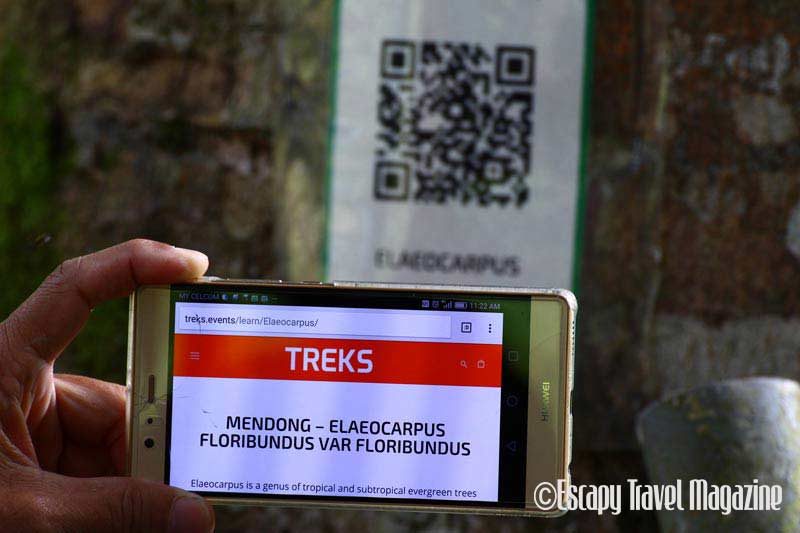
Scanning a QR Code to get information while on the trails.
The Herb Forest Trail and Biodiversity Trail also focus on the Upper Dipterocarp Forest biome, taking a longer route (1.8km and 2.7km, respectively) to see even more of Mount Ulu Kali’s ancient rainforests. While the trained guides will always point out spots of interest, specific specimens are now also highlighted with NFC tags that can be scanned with smart devices to glean additional information for the curious. In the Herb Forest Trail, that could include the thick walls of wild bamboo grooves or the medicinal properties of forest herbs scattered along the jungle floor. The longer Biodiversity Trail is the most picturesque, an undulating trek that descends into a valley and requires the crossing of a cascading stream, dominated by the skyward reach of towering montane timber trees.
The three new trails join the current selection of five adventures to be had in the jungles of Genting Highlands, all of which unveil different facets of the forest. Wifi Forest with Shinrin Yoku is an immersive experience combining the Shinrin Yoku concept of contemplative forest appreciation from Japan with strategic use of smartphone apps to reveal the rich biodiversity of the rainforest. The Treks Adventure Experience takes things a little more in the direction of courage – abseiling down a 24m boarded slope placed at a 55-degree angle to appreciate the jungle from a different place. As twilight descends, the brave and the inquisitive can venture out into the dark to encounter nocturnal animals with Trek’s Steven Wong over a Night Herping session. And for those who prefer the comfort of light, the Sunset Watch at The English Garden is a perfect compromise between day and night, indulging in the spectacle of the sun setting over the pristine rainforest of Genting Highlands.
In addition to the activities designed by Treks, Resorts World Genting is also introducing a Bamboo Conservation Project at Awana BioPark. With the jungle here being home to some of the tallest and hardest bamboos in the world, the project aims to identify and catalogue the number of bamboo groves in the BioPark, with the aim of maintaining and up keeping them for sustainable use. Bamboo – the fastest-growing grass in the world – being a renewable source, the project also aims to introduce guests and clients of Resorts World Genting to bamboo craft activities. The project will include participation from other organisations like Universiti Malaya, Birdlife and the Malaysian Nature Society for the study of forest rodents and wildlife, as well as partnering with Semai Orang Asli to promote indigenous craftwork and raise awareness of the role of bamboo in traditional food making.
All trails are conducted by specialist guides from Treks and are by appointment only, with the fees being RM75 per person for the Conservation Trail, RM95 per person for the Herb Forest and RM135 per person for the Biodiversity Trail. A minimum group of 3 is required for each trail. For bookings, please contact Trek Events at +6013 399 3667 or email info@treks.events. For enquiries on the Bamboo Conservation Project, please contact 013 3993667 (TREKS Eddie).
Genting Highlands is not all about casinos and theme parks. It is also a mountain rich in nature of which is home to plenty of flora and fauna.
An old lighthouse stands on top of the summit of Melawati Hill guiding ships that sail this section of the Straits of Malacca.
A visit to the Kuala Selangor District Historical Museum is a must when one visits Melawati Hill. This is where the history of the place is showcased for all to see.
From this hill the rulers of early days played an important role in the building and shaping of Selangor. It is also on this hill that they rest for eternity.
The Silver Leaf Monkey and the macaques call Melawati Hill home. They roam around in good numbers and are somewhat used to humans. Here one can get up close.
Click here to read more articles in this issue of Escapy Travel Magazine

